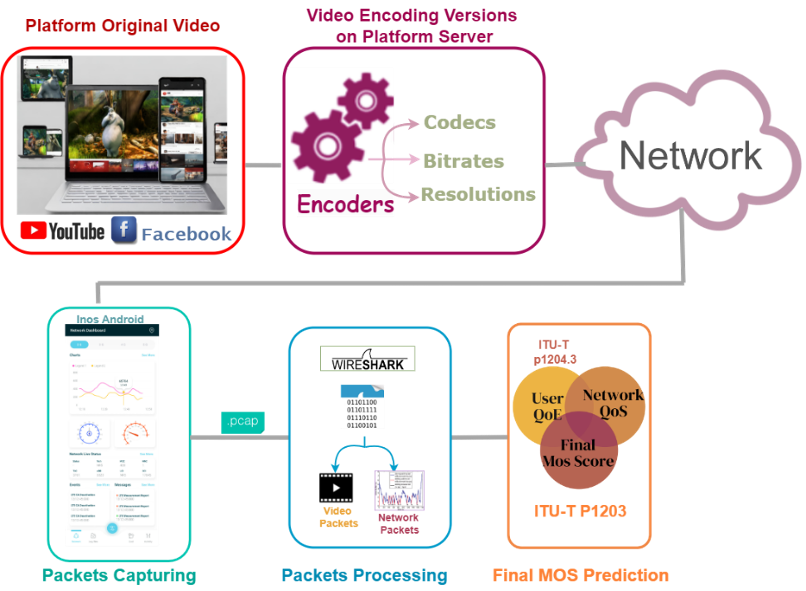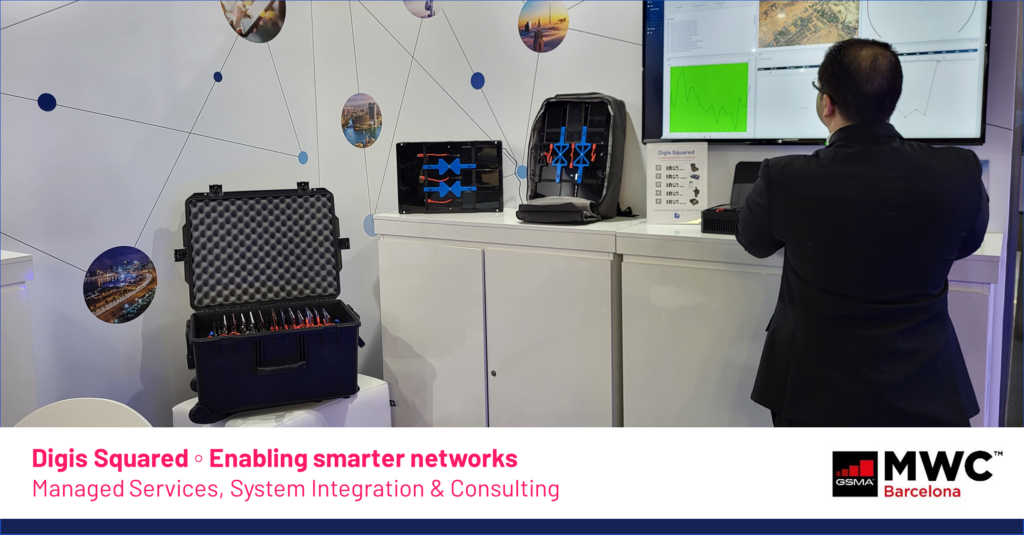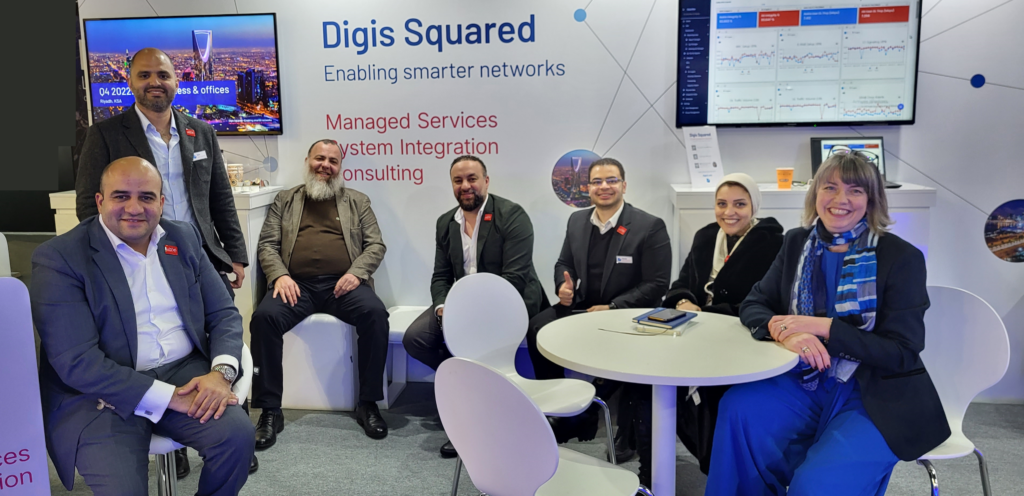Introduction
The demand for reliable, high-coverage wireless communication is increasing, particularly for mission-critical applications, rural connectivity, and industrial deployments. LTE 450MHz (Band 31) is an excellent solution due to its superior propagation characteristics, providing extensive coverage with fewer base stations. However, the availability of compatible commercial handsets remains limited, creating challenges for operators and network engineers in testing and optimizing LTE 450MHz deployments.

To overcome these challenges, DIGIS Squared is leveraging its advanced network testing tool, INOS, integrated with ruggedized testing devices such as the RugGear RG760. This article explores how INOS enables efficient testing, optimization, and deployment of LTE 450MHz networks without relying on traditional consumer handsets.
The Challenge of LTE 450MHz Testing
LTE 450MHz is an essential frequency band for sectors such as utilities, public safety, and IoT applications. The band’s key advantages include:
- Longer range: Due to its low frequency, LTE 450MHz signals propagate further, covering large geographical areas with minimal infrastructure.
- Better penetration: It ensures superior indoor and underground coverage, crucial for industrial sites and emergency services.
- Low network congestion: Given its niche application, LTE 450MHz networks often experience less congestion than conventional LTE bands.
However, network operators and service providers face significant hurdles in testing and optimizing LTE 450MHz due to the lack of commercially available handsets supporting Band 31. Traditional methods of network optimization rely on consumer devices, which are not widely available for this band.
Introducing INOS: A Comprehensive Drive Test Solution
INOS is a state-of-the-art, vendor-agnostic network testing and optimization tool developed by DIGIS Squared. It allows operators to:
- Conduct extensive drive tests and walk tests with real-time data collection.
- Analyze Key Performance Indicators (KPIs) such as RSRP, RSRQ, SINR, throughput, and latency.
- Evaluate handover performance, coverage gaps, and network interference.
- Benchmark networks across multiple operators.
- Generate comprehensive reports with actionable insights for optimization.
INOS eliminates the dependency on consumer devices, making it an ideal solution for LTE 450MHz testing.

How INOS Enhances LTE 450MHz Testing
1. Seamless Data Collection
INOS allows seamless data collection for LTE 450MHz performance analysis. Engineers can conduct extensive tests using professional-grade testing devices like the RugGear RG760.
2. Comprehensive Performance Monitoring
INOS enables engineers to monitor key LTE 450MHz performance metrics, including:
- Signal strength and quality (RSRP, RSRQ, SINR).
- Throughput measurements for downlink and uplink speeds.
- Handover success rates and network transitions.
- Coverage mapping with real-time GPS tracking.
3. Efficient Deployment & Troubleshooting
Using INOS streamlines the LTE 450MHz deployment process by:
- Identifying weak coverage areas before commercial rollout.
- Troubleshooting network performance issues in real-time.
- Validating base station configurations and antenna alignments.
4. Cost-Effective & Scalable Testing
By using INOS instead of expensive proprietary testing hardware, operators can achieve a cost-effective and scalable testing framework.
Real-World Applications
1. Private LTE Networks
Organizations deploying private LTE networks in critical industries (e.g., mining, utilities, emergency services) can use INOS to ensure optimal network performance and coverage.
2. Smart Grids & Utilities
With LTE 450MHz playing a key role in smart grids and utilities, INOS facilitates efficient network optimization, ensuring stable communication between smart meters and control centers.
3. Public Safety & Emergency Response
For first responders relying on LTE 450MHz for mission-critical communications, INOS ensures that networks meet the required service quality and reliability standards.
4. Rural & Remote Connectivity
Operators extending connectivity to underserved areas can leverage INOS to validate coverage, optimize handovers, and enhance user experience.
Conclusion
Testing and optimizing LTE 450MHz networks have historically been challenging due to the limited availability of compatible handsets. By leveraging the powerful capabilities of INOS, DIGIS Squared provides a cutting-edge solution for network operators to efficiently deploy and maintain LTE 450MHz networks.
With INOS, operators can conduct extensive drive tests, analyze network KPIs, and troubleshoot issues in real-time, ensuring seamless connectivity for industries relying on LTE 450MHz. As the demand for private LTE networks grows, INOS represents a game-changer in network testing and optimization.
For more information on how INOS can enhance your LTE 450MHz deployment, contact DIGIS Squared today!
————————————————————————————————————————————-
This blog post was written by Amr Ashraf, Product Architect and Support Director at Digis Squared. With extensive experience in telecom solutions and AI-driven technologies, Amr plays a key role in developing and optimizing our innovative products to enhance network performance and operational efficiency.























